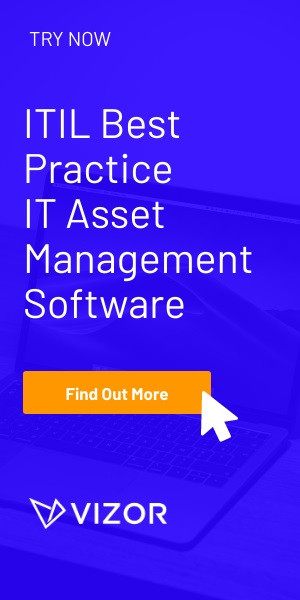Back to Basics: Role of the Software Asset Manager
For our third Back to Basics installment, let’s move on to the tasks & processes of Software Asset Management that are taken care of by the IT (or SAM) manager. Here’s a quick breakdown:
1. Manage the SAM tool used by their firm.
Yes, that’s right: effective SAM starts with the right system. This SAM tool is what allows managers to oversee every aspect of software management, from usage to assignment and deployment to documentation. We’re getting to those…
2. Handle software requests.
You didn’t think that different pieces of software were just moving freely around the organization as they please, did you? Any software application that is requested by an employee, needs to be moved between people or requires a change of any sort must go through a request and approval process.
3. Purchase and deploy software.
Once a request has been approved, it is the IT manager’s job to get everything up and running as smoothly as possible. Purchasing processes can be setup in the chosen SAM tool that allow the order to be filled correctly. Then, the deployment process makes sure that this piece of software goes to the correct end user, who has been previously approved for it.
4. Take care of asset assignment.
IT managers must make sure that when a new employee is hired or fired, his or her software is properly dealt with. In cases like this, as well as when employees change departments, software assets must be moved around – and carelessly allowing assets to wander where they may is NOT the way to do it.
5. License compliance, AKA ‘being audit ready’.
Your organization runs the risk of paying big (and we mean BIG) bucks for not adhering to the rules of license compliance. What are these rules? Basically, we can break them down to one simple concept: don’t steal. Using software that you cannot prove you have a license for = stealing. Stealing = a crime with huge fines. So you get the idea. This can be easily prevented by properly employing all of the above practices, and constantly monitoring the lifecycle stages of your software assets.
6. Utilize reporting and documentation tactics.
To further ensure compliance, it is an excellent idea to continuously assess license spend and usage. This can be done by taking advantage of the reports that are part of your SAM system. Another great feature? The ability to store all related license documentation. This is also an important element of compliance. Imagine an auditor showing up, and the IT manager running around frantically to every corner and filing cabinet of the office to find proof of license purchases…not a pretty sight!
BONUS tip:
Great Software Asset Managers are consistently educating themselves on improving & refining their SAM strategy. An easy way to do so is through any and all SAM-related educational sessions, such as webinars. Watch our webinar 5 Steps to Better Software Asset Management HERE!
Do you need a tool to manage Software Licenses?





